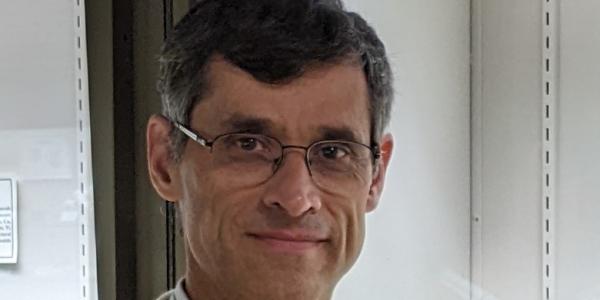Criminal Minerals: Investigating minerals that break the laws (of classical crystallography)
The laws of classical crystallography are well established for hundreds of years and have been immensely successful in science and technology. The foundational law of crystallography, from which others follow, has been that a crystal must possess a periodic translational order, or symmetry, in the way its atoms are arranged in space. Simple! Or is it?
Thanks to entropy and countless complicating factors provided by dynamic geological contexts, minerals break the laws of crystallography routinely. Although one might consider many of them minor infractions, with things like impurities, some law-breaking habits even leads to what collectors find desirable- like twinning. Some minerals are simply incorrigible, however, with broken periodic translational symmetry an inherent and inescapable part of their very natures.
Using parked cars as illustrative examples, this talk will briefly review the laws of classical crystallography and some of their implications, and then illustrate a spectrum of mineralogical law-breakers ranging from minor infractions (impurities and defects), to repeat offenders (twins), to the incorrigible (incommensurate layered materials and quasicrystals).
John Jaszczak is Director and the John & Phyllis Seaman Endowed Curator of the A. E. Seaman Mineral Museum of Michigan Technological University. He is also a professor of physics at Michigan Tech, where he has taught and conducted research since 1991. His childhood love of minerals inspired him to become a scientist- first in chemistry and then in physics, but always with minerals in mind. John grew up in the Cleveland, Ohio area, earned his B.S. degree in Physics from Case Western Reserve University, and while there he joined the Micromineral Society of the Cleveland Museum of Natural History. Moving to Columbus, Ohio, he earned his M.S. and Ph.D. degrees in Physics from Ohio State University. After doing computational materials research at Argonne National Laboratory for two years as a postdoctoral appointee, he and his family moved to the Upper Peninsula of Michigan. John’s mineralogical interests currently focus on unusual crystal shapes, graphite, diamonds, hemimorphic minerals, and the minerals from the famous Merelani gem mines in northern Tanzania from which he has helped describe the two new minerals merelaniite and richardsite. Jaszczakite was named in his honor by Bindi and Paar in 2016.
Host: Anne Hofmeister
Register to attend via Zoom
